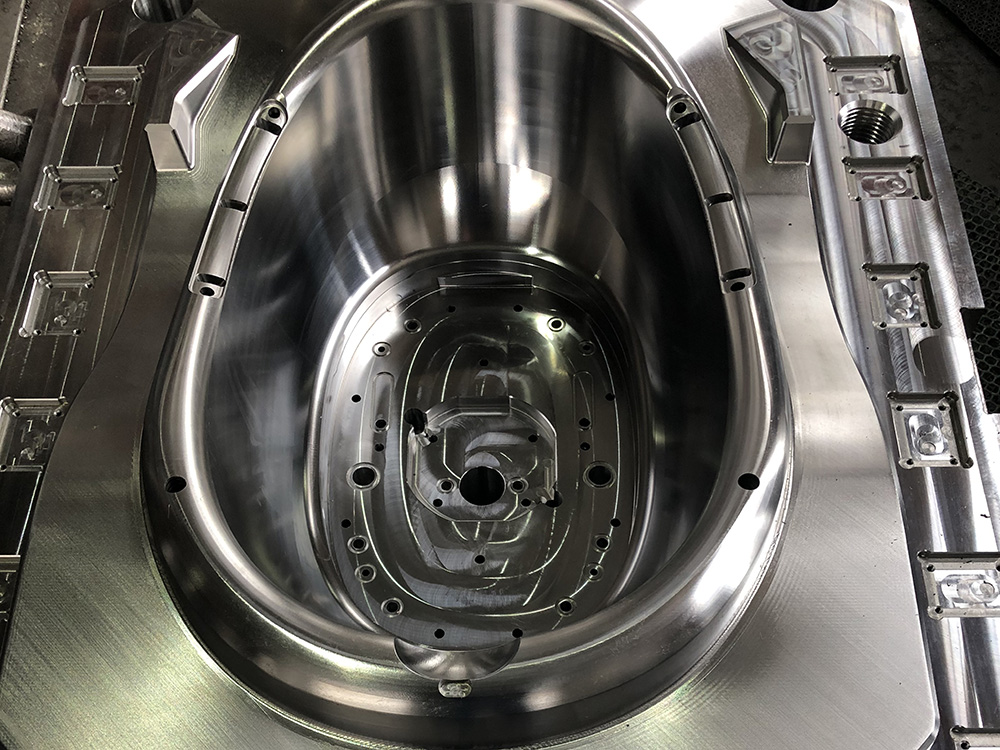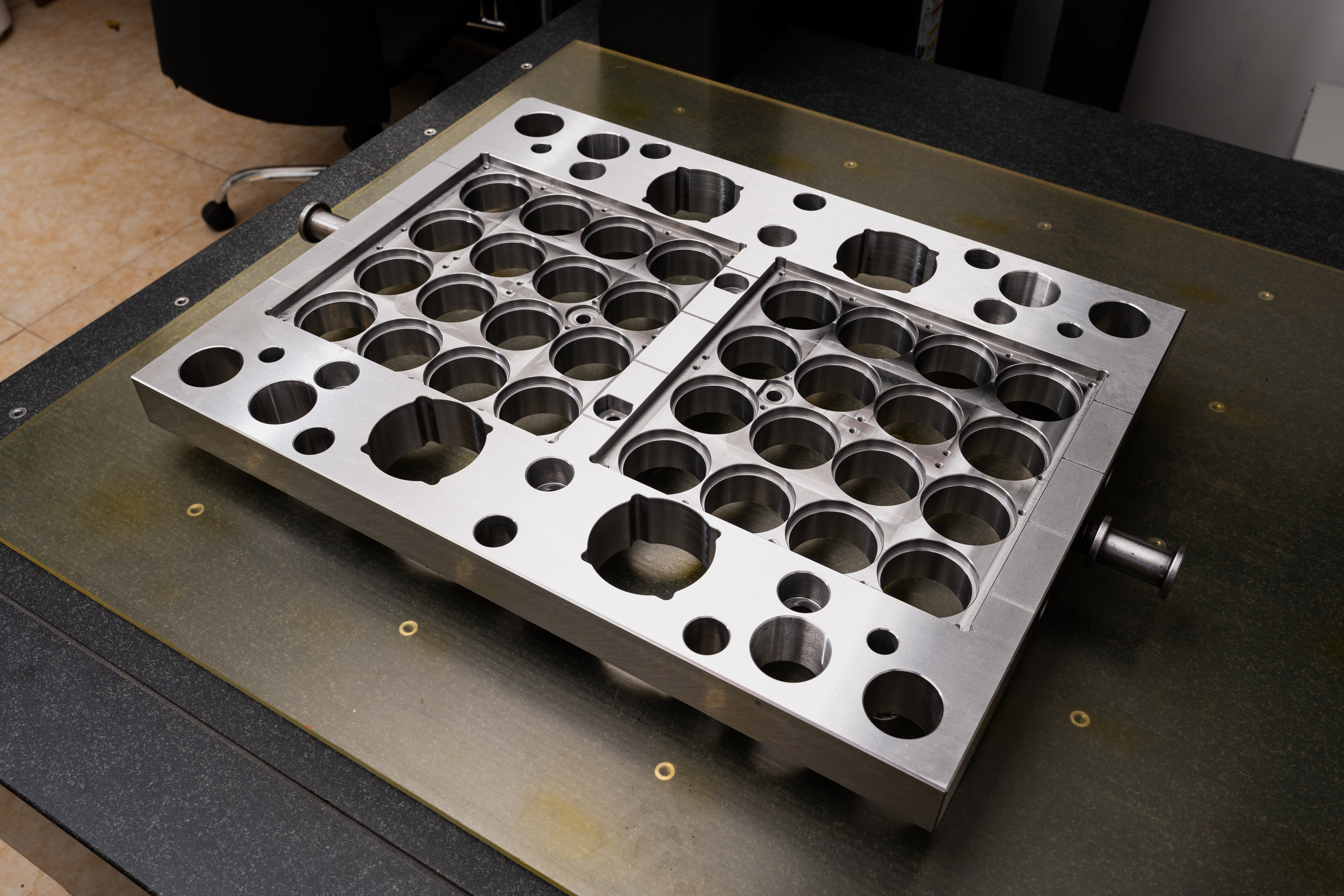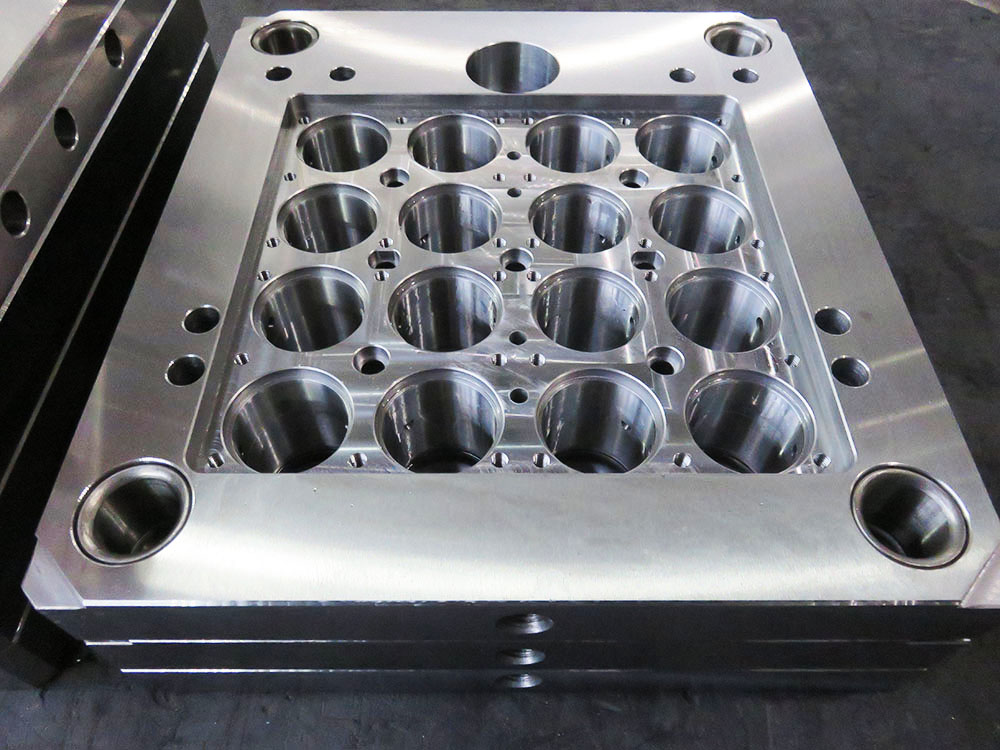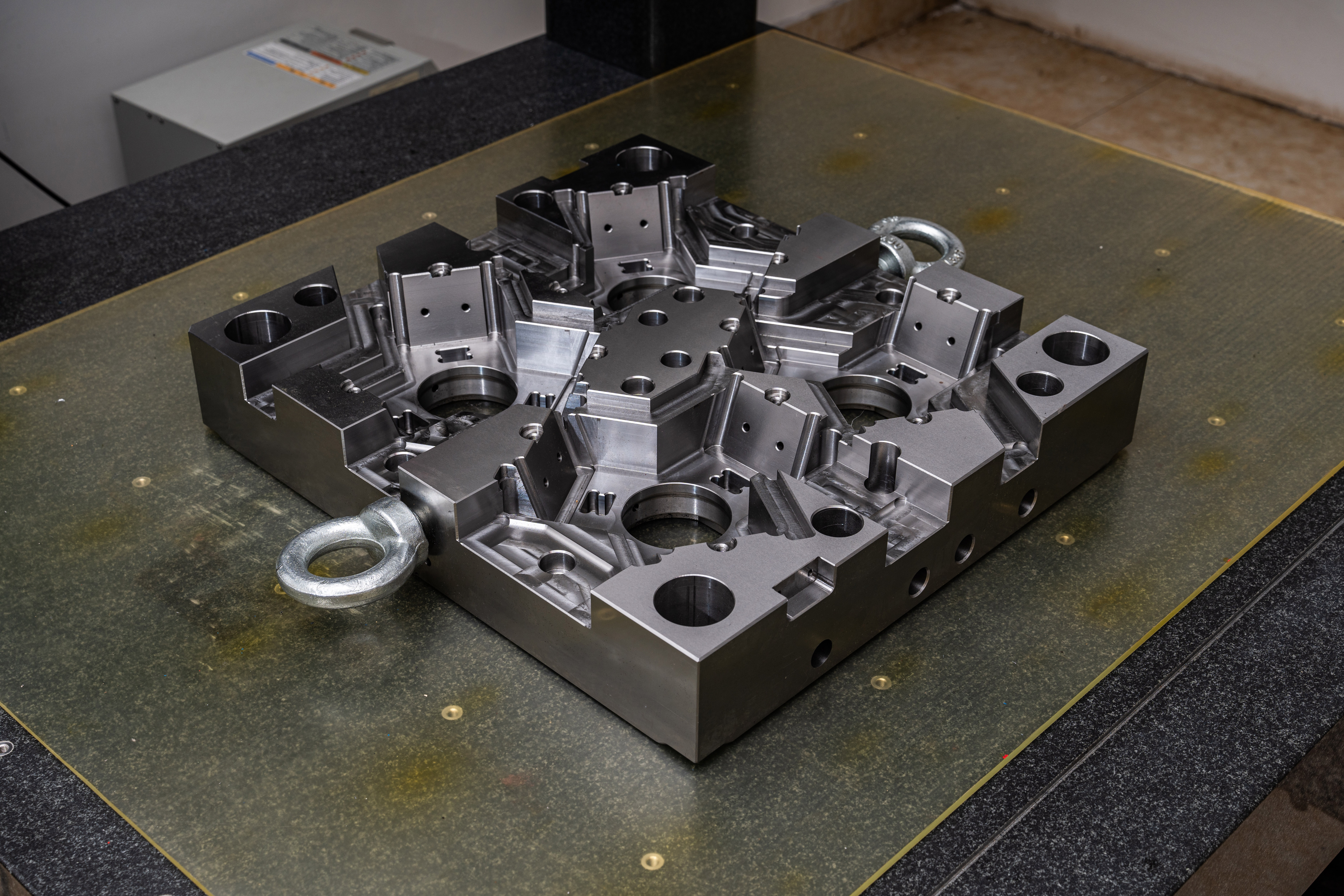How to Solve Deformation of Plastic Mold Frames
Mold frames play a crucial role in the plastic mold industry, as they serve as the foundation for the mold components. However, deformation of plastic mold frames can occur due to various factors, leading to compromised mold quality and reduced productivity. In this article, we will discuss some effective solutions to address this issue.
1. Material Selection and Quality Control
One of the primary reasons for mold frame deformation is the use of low-quality materials. Therefore, it is essential to select materials that are known for their strength, durability, and resistance to deformation. High-quality tool steels such as P20, H13, or S7 are commonly used for mold frames due to their excellent mechanical properties.
Additionally, strict quality control measures should be implemented during the manufacturing process. This includes conducting thorough inspections of raw materials and ensuring that all machining processes are performed accurately to maintain dimensional stability.
2. Design Optimization
The design of the mold frame plays a significant role in preventing deformation. It is crucial to consider factors such as the mold size, weight distribution, and the forces exerted during the molding process. By optimizing the design, unnecessary stress and strain on the mold frame can be minimized.
Furthermore, the use of reinforcement techniques, such as ribbing or gusset plates, can enhance the rigidity of the mold frame and prevent deformation. These reinforcements distribute the load evenly across the frame, reducing the risk of localized deformation.
3. Heat Treatment
Heat treatment is a critical process to improve the mechanical properties of the mold frame. Through proper heat treatment techniques such as annealing, quenching, or tempering, the material's hardness and strength can be significantly enhanced, reducing the likelihood of deformation.
The specific heat treatment process should be determined based on the material used and the desired mechanical properties. Consulting with material experts and heat treatment specialists is recommended to ensure the best possible results.
4. Regular Maintenance and Inspection
Regular maintenance and inspection of mold frames are essential to identify any signs of deformation early on. This includes checking for any visible distortions, cracks, or signs of wear. In case of any abnormalities, immediate action should be taken to rectify the issue and prevent further damage.
Additionally, proper lubrication and cleaning of mold frames should be performed regularly to ensure smooth operation and prevent unnecessary friction that may contribute to deformation.
5. Rigorous Process Control
Process control is crucial to minimize the occurrence of deformation in plastic mold frames. This involves maintaining consistent operating conditions, such as temperature and pressure, during the molding process. Sudden changes in these parameters can lead to thermal stress and deformation of the mold frame.
Furthermore, monitoring the cooling process after molding is essential to prevent rapid temperature changes that could result in warping or bending of the mold frame. Implementing a well-designed cooling system and using appropriate coolants can help control the cooling process effectively.
Conclusion
Deformation of plastic mold frames can have severe consequences on mold quality and productivity. By following the solutions discussed in this article, including proper material selection, design optimization, heat treatment, regular maintenance, and rigorous process control, the risk of deformation can be significantly minimized. It is crucial for mold base manufacturers and professionals in the plastic mold industry to prioritize these strategies to ensure the reliability and longevity of mold frames.




